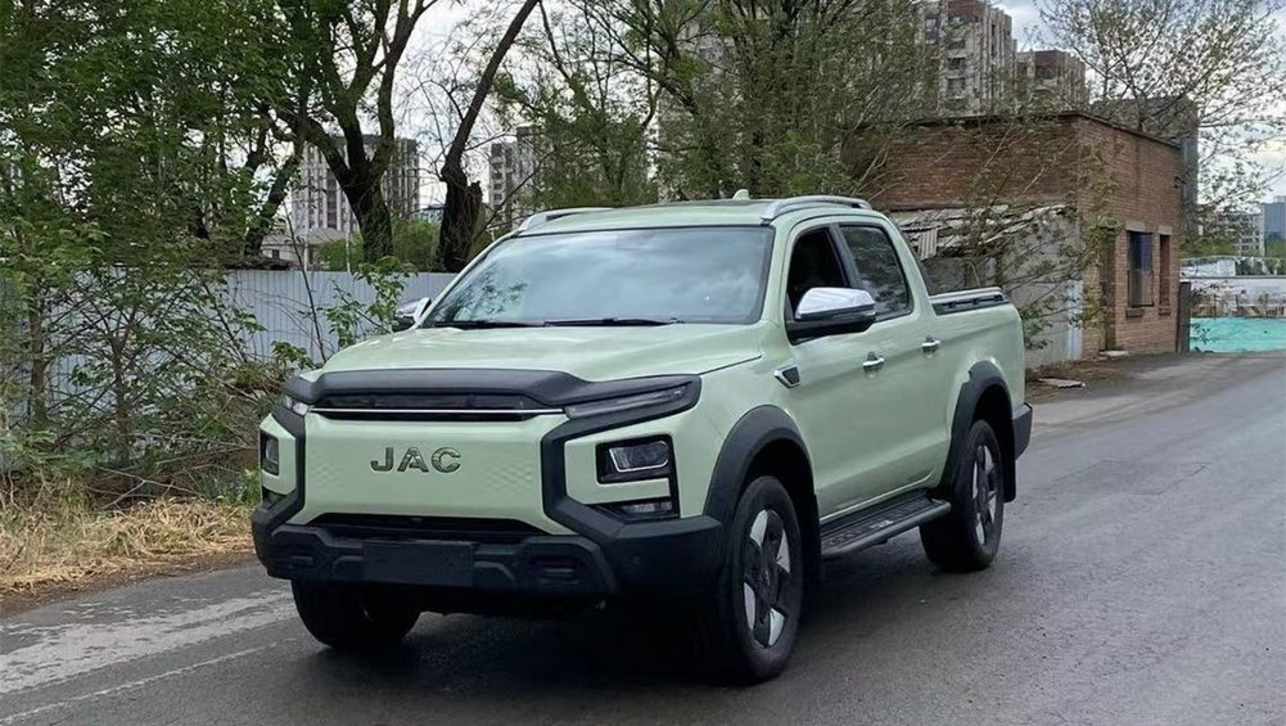Hyundai’s forward-thinking e-GMP platform, which has enabled it great success in terms of electric vehicle features, capability, and handling, won’t be the brand’s only solution for electrification.
Hyundai and Genesis spokespeople confirmed at the local reveal of the Genesis GV70 and G80 Electrified models that there would have to be other platforms situated below what e-GMP can offer to fill a hatch or sedan niche once occupied by the original Ioniq hatch, and the enormously popular small SUV niche currently filled by the Kona Electric.
“It’s no secret that, like Genesis, Hyundai’s aspirations are to go fully electric,” they said. “We’re definitely going to have electric vehicles across multiple classes. Maybe e-GMP can’t service all of those. Especially when you consider the global markets we play in. It’s not the be-all and end-all platform for us, there will be more to fill those spaces in the future.”
The e-GMP platform is said to be scalable, but perhaps not to the extent of shortening down to the same length as a Kona or the outgoing Ioniq hatch. Could we see another fully-electric platform slot in below? The brand’s representatives wouldn’t say.
One thing which is for sure is the popular Kona Electric will need to be replaced by something in the future, as, unlike its Genesis counterparts, its ageing platform was not necessarily intended to be electrified.
“There were some major differences which had to be made with Kona,” explained a Hyundai representative. “Dynamically there are things about that car which are significantly different between the combustion and electric variants. It’s nothing like the GV70 and G80 Electrified which are much more capable of handling the mass of batteries while maintaining the balance of their combustion versions.
“These [Genesis] cars were planned from the beginning to be electrified; we’ve operated on a 10-year timescale.”
The Kona sits on the Hyundai Group K2 platform, which also underpins the Hyundai i30, Venue, Kia Seltos, and various other small Hyundai and Kia cars worldwide. It is set to be replaced by its ‘third-generation’ K3 platform, which is currently the basis for the new-generation i30 sedan and incoming second-generation Kia Niro. The platform is specifically designed to support combustion, hybrid, and electric vehicles with a higher level of driver engagement, interior space, and safety.
.jpg)
As it underpins the incoming Kia Niro, which will also be available with a fully electric variant, and it seems as though this platform is poised to also form the basis of all electrified small Hyundai and Kia models, including the next-generation Kona, in the same way the current rear-drive platform of the Genesis vehicles was planned to be electrified with high-end features like 800v charging, V2L, and minimal impact on cabin space from large battery packs.
Already, the next-generation Niro offers a longer, wider cabin space and larger boot capacity, while offering a 64.8kWh battery pack, 150kW electric motor, and new 11kW AC charger.
The e-GMP platform will scale larger than the Hyundai Ioniq 5, Kia EV6, and Genesis GV60 models which currently use it, with a sedan or grand tourer on the way in the form of the Hyundai Ioniq 6, and a large SUV in the form of the Kia EV9.
This multi-platform approach by Hyundai Group is distinctly different from its Volkswagen Group rival, which plans to use its current electric MEB platform as a transitionary phase until it can merge its entire range onto a single unified system dubbed the ‘Scalable Systems Platform’ (SSP) but also different to Toyota which bunches its modular Toyota New Generation Architecture (TNGA) platforms into groups (A, B, C).
Hyundai has previously commented that its strategy may allow it to create not just fully electric, but also fuel-cell versions of existing combustion vehicles, further future-proofing them.
.jpg)
“Those next-generation fuel cell stacks will be available in future models, but there is that kind of flexibility in how they fit into current ICE-platformed vehicles,” Hyundai’s product planning boss, Chris Saltipidas told CarsGuide in November 2021.
While the Kona was only relatively recently facelifted, the imminent arrival of a new-generation Niro would suggest a next-gen Kona may not be far off. Stay tuned as we keep an eye out.







.jpg)
.jpg)
.jpg)

.jpg)
.jpg)
.jpg)


.jpg)
.jpg)
.jpg)
.jpg)

_0.jpg)
.jpg)
.jpg)
.jpg)




Comments